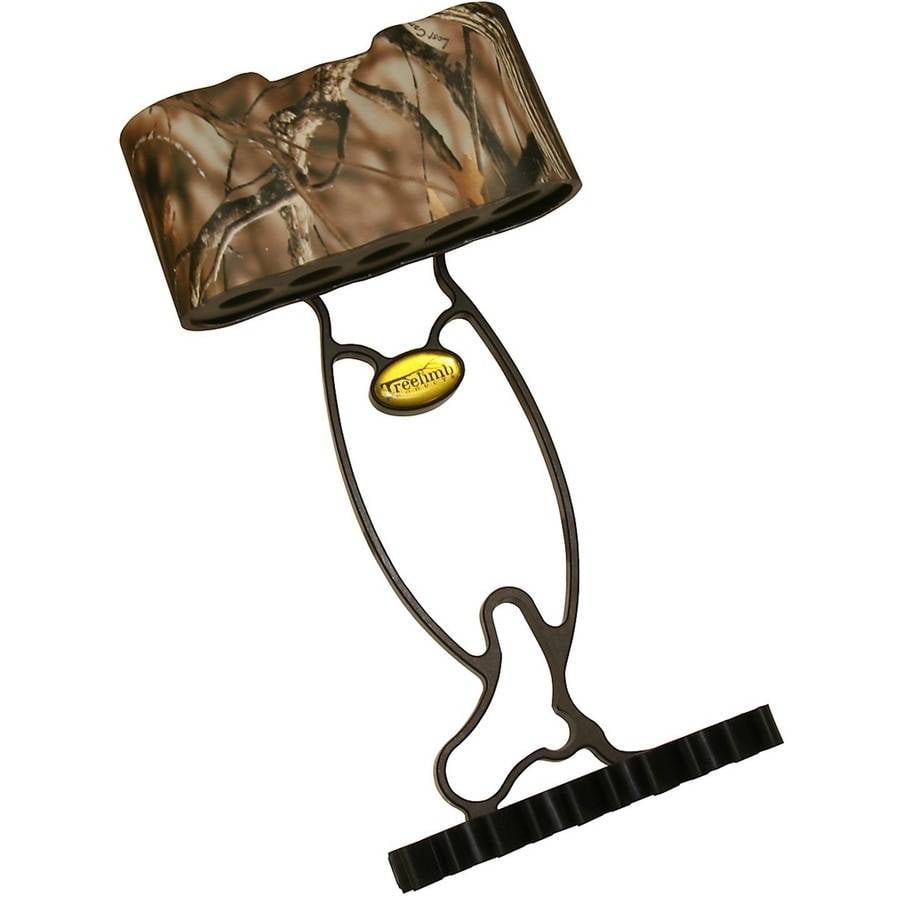
Create wall signs indicating directions and paths.Indicate where objects should be placed.Mark Adjustment locations and stop points on machinery.Warehouse safety and organization floor markings.Hazard warnings for increased safety from physical or health hazards.Create the ideal efficient lean marking system to keep your workers safe, identify equipment and storage areas and to warn of hazardous areas and vehicle traffic. Well placed path markers can create a guided path that will improve satisfaction levels, customer service, and generally efficiency. These long lasting, heavy duty, durable outdoor stickers are a simple and cost-effective replacement for paint. These durable stickers can be placed to create an arrow path to important places like the receiving desk, bathrooms, or service counter. Excellent for marking directions or reference points on floors, walls, doors, and signs to help guide and direct people for easier flow, efficiency, and uniformity. LiteMark Directional Floor Arrows are an exceptionally easy and intuitive way to mark walking paths, direct customers, and organize your workplace. Available in Blue, Black, Clear, Golden Yellow, Green, Grey, Imitation Gold, Light Blue, Metallic Gold, Orange, Pink, Purple, Red, White, Yellow, and Yellow Green.Will adhere to any smooth flat surface and low-profile carpet.


This style of quiver was used by native peoples of North America and Africa, and was also commonly depicted in bas-reliefs from ancient Assyria. Arrows can be drawn over the shoulder rapidly by the nock. The Bayeux Tapestry shows that most bowmen in medieval Europe used belt quivers.īack quiver A y-shaped harness for a back quiver features on this bronze statue of Artemis, goddess of the hunt, mid-4th century BC.īack quivers are secured to the archer's back by leather straps, with the nock ends protruding above the dominant hand's shoulder. Some variants enclose almost the entire arrow, while minimalist "pocket quivers" consist of little more than a small stiff pouch that only covers the first few inches. Many variations of this type exist, such as being canted forwards or backwards, and being carried on the dominant hand side, off-hand side, or the small of the back. They are found across many cultures from North America to China.

The most common style of quiver is a flat or cylindrical container suspended from the belt. The top left archer was caught unprepared and has hastily thrown his belt quiver about his shoulders, as well as forgetting his helmet. Norman archers depicted in the Bayeux Tapestry.


 0 kommentar(er)
0 kommentar(er)
